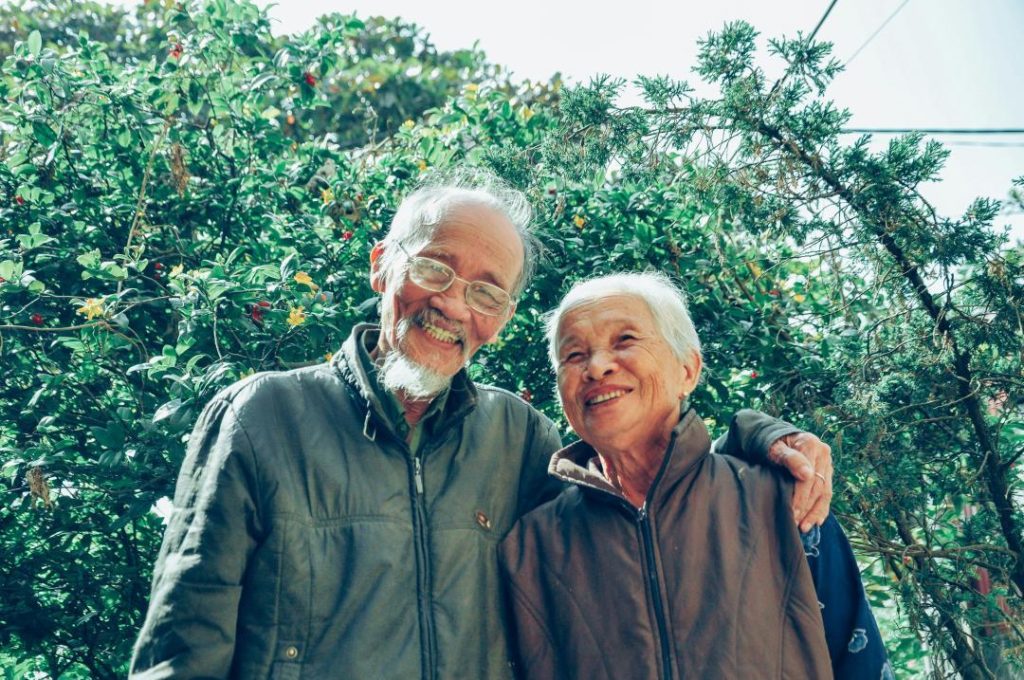
New Study Shows Why Some Older Adults Walk More Slowly
As we age, our bodies undergo significant changes that can affect our daily activities, including walking. While it’s common for older adults to walk more slowly, the reasons behind this phenomenon have been largely attributed to social and economic factors, such as limited mobility, lack of access to safe walking areas, and decreased economic opportunities. However, a new study published in Aging Cell suggests that there may be more to the story. According to the research, older adults’ slower walking speeds are not only influenced by social factors but also by biological differences.
The study, which analyzed data from over 1,000 participants aged 65 and older, found that even after controlling for age, income, and activity levels, biological differences remained a significant predictor of walking speed. This suggests that there are underlying physiological factors that contribute to the disparity in walking speeds among older adults.
One of the key findings was that older adults who walked more slowly had lower muscle energy use and cardiorespiratory fitness. This means that their muscles were not as efficient at generating energy to support movement, and their hearts were not as effective at pumping blood to deliver oxygen to their muscles. As a result, they required more energy to walk at the same pace as their peers, leading to a slower overall walking speed.
Another important factor was the participants’ muscle mass and strength. Those with lower muscle mass and strength tended to walk more slowly, likely due to the reduced ability of their muscles to generate force and support movement. This is particularly concerning, as muscle loss is a common age-related phenomenon that can have significant consequences for overall health and function.
The study also found that older adults who walked more slowly had altered brain activity patterns, particularly in areas responsible for motor control and cognition. This suggests that cognitive decline and changes in brain function may also play a role in slower walking speeds.
So, what does this mean for older adults and their healthcare providers? The findings of this study highlight the importance of addressing biological factors in addition to social and economic factors when trying to improve walking speed and overall mobility in older adults.
For older adults, this may involve incorporating exercises that target muscle strength and endurance, such as weightlifting or resistance band exercises, into their routine. Additionally, incorporating cardio exercises, such as brisk walking or swimming, can help improve cardiorespiratory fitness.
Healthcare providers can also play a crucial role by assessing older adults’ muscle mass and strength, as well as their cardiorespiratory fitness, and developing personalized exercise programs to address any deficiencies. By targeting these biological factors, healthcare providers can help older adults improve their walking speed and overall mobility, reducing the risk of falls, hospitalization, and other negative outcomes.
The study’s findings also have implications for public health policy and urban planning. By designing cities and communities with older adults in mind, policymakers can create environments that support healthy aging and reduce the risk of mobility-related issues. This may include installing accessible sidewalks and ramps, improving street lighting, and creating safe and inviting public spaces for older adults to walk and socialize.
In conclusion, the study’s findings offer a more nuanced understanding of the factors that contribute to slower walking speeds in older adults. While social and economic factors are certainly important, biological differences in muscle energy use, cardiorespiratory fitness, and cognitive function also play a significant role. By addressing these biological factors, healthcare providers and policymakers can work to improve the health and mobility of older adults, enabling them to live more independently and maintain their overall quality of life.
Source: https://thepfc.club/blogs/news/why-some-older-adults-walk-more-slowly






